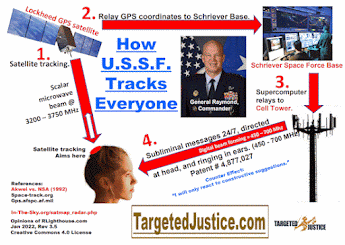Patent No. 4082918 Audio analgesic unit
Patent No. 4082918 Audio analgesic unit (Chang, et al., Apr 4, 1978)
Abstract
An audio analgesic unit for use in masking sounds and substituting another sound which includes earmuffs to be used by a dental patient in which speakers are arranged and connected to a patient operated remote control unit to control the sound levels and a master control unit to override the patient remote control unit and operated by an operator, such as a dentist. A beeper indicates operation mode change.
Notes:
FIELD OF THE INVENTION
This invention relates to an audio analgesic device.
BACKGROUND OF THE INVENTION
As is perhaps well known, many sounds that a patient hears while being treated
by a doctor are nerve-racking. This invention is of a device which cuts out
that sound by substituting through substantially sound proof earmuffs a substitute
sound through a speaker connected in the earmuffs or headset which provides
a relaxing type of music or other type of sound to a patient which masks disturbing
sounds and yet which permits communication between the dentist and the patient
in a manner in which is described herein. Representative prior art is to be
found in U.S. Pat. No. 2,986,140.
OBJECTS OF THIS INVENTION
This invention is of a unit which has as an object means to relax a patient
in the following manner.
The patient wears a headset which blocks out most sounds from the environment
within which he is located. The headset includes earmuffs and a speaker arranged
in the earmuffs. Through the headset speakers, the patient hears music, normally.
The unit includes a microphone so that whenever the dentist wishes, he may speak
into the microphone after depressing a switch, so as to override the patient's
controls, described more fully hereinafter, so that the music volume is reduced
or is interupted and the patient will hear the dentist or doctor speaking in
the room. Selection of sounds may be made by the dentist either of music, or
of a patterned sound, such as surf pounding on a rock, also known as modulated
white noise. When the dentist shuts off the music and turns on the microphone
so that he can communicate with the patient, a sound signal is emitted to alert
him that this has been done and a light signal is also used so long as he speaks
or has open communication with his patient. The patient is provided with a control
unit to be hand-held which permits him to adjust the volume of the sound which
he is hearing from his headset speakers and which also includes what is known
as a "panic button" so that he can deprress it and signal to the doctor that
he is experiencing pain or wishes to speak to him. The hand-held unit of the
patient may also include a track change button so that he may change the tracks
of the music he is listening to from a tape play deck which is connected to
the speaker headphones.






Comments